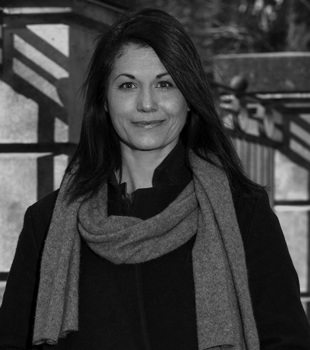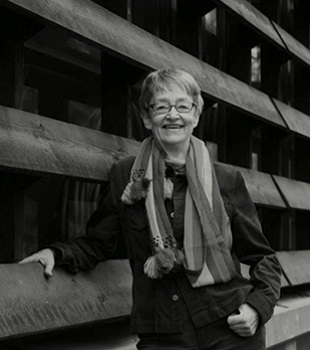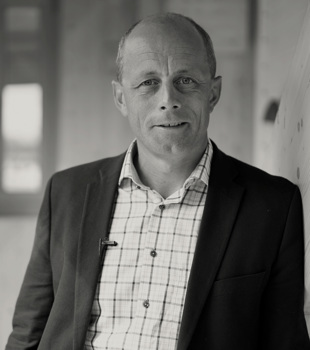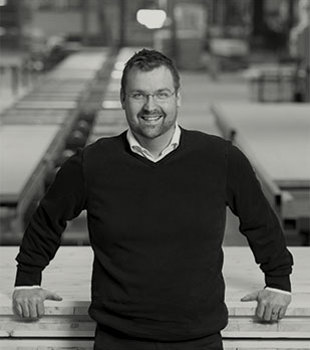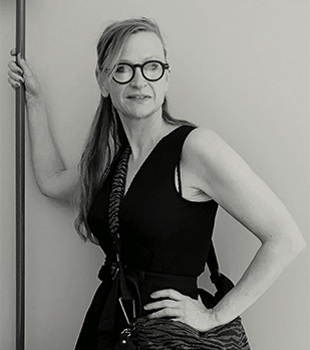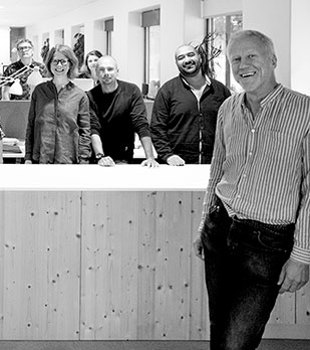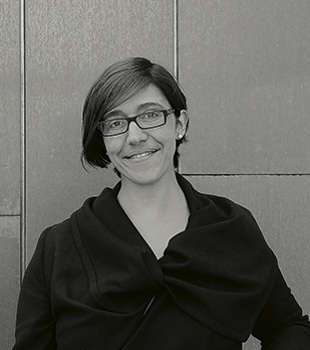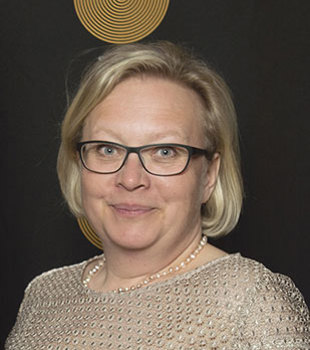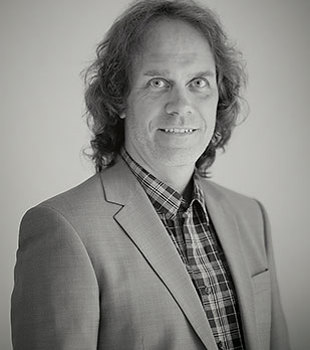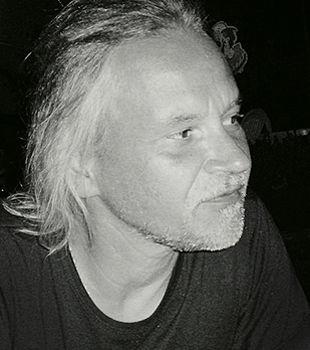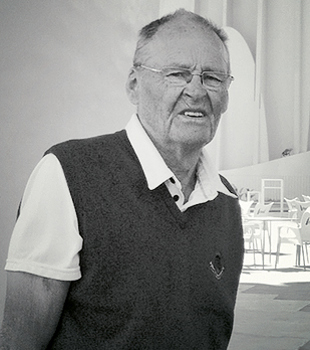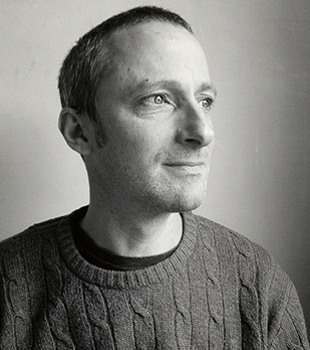Stockholm In Sweden, we have a long tradition of designing and building wooden structures. Many universities and colleges are offering new programmes and courses for structural engineers and architects with a focus on wood. But the development of new materials such as CLT, new techniques for designing complex details in wooden frames, new design tools and new theories behind the tools for designing wooden structures requires a greater focus on education in wood, particularly at universities, colleges and not least for companies in the structural engineering industry.
There is currently a course at Linnaeus University providing training in the use of CLT in load-bearing structures, with a special emphasis on design methods. However, one might think this course ought to be a compulsory part of any structural engineering degree, as we don’t have enough structural designers with training and experience in designing with wood.
Here at our consultancy firm, we’re receiving more and more enquiries about glulam and CLT structures from both developers and architects, and we’re working all the time to improve our expertise and train our staff in this area. Each year, we plan a range of activities with wood suppliers to gain a deeper understanding of glulam, CLT, new fixings for wooden structures and design tools.
Our structural engineers are currently working on a variety of projects, including major office and housing projects and redevelopment projects. Structural engineers require broad and sound knowledge of all materials so they can choose the best fit for each specific project.
As structural engineers, we carry out studies in the early stages and draw up programme, system and construction documents, and we are the ones with the core skills to present the possibilities of a material in specific projects. We therefore need to constantly update our knowledge of the various wood-based materials, particularly CLT, which is likely to become a leading construction material in the near future. It is also become increasingly important for structural engineers to immerse themselves in hybrid constructions, where wood can be combined with steel and concrete.
Here at BTB, we have therefore formed a wood working group. The main focus of the group is on research, but also support in complex wood projects.







